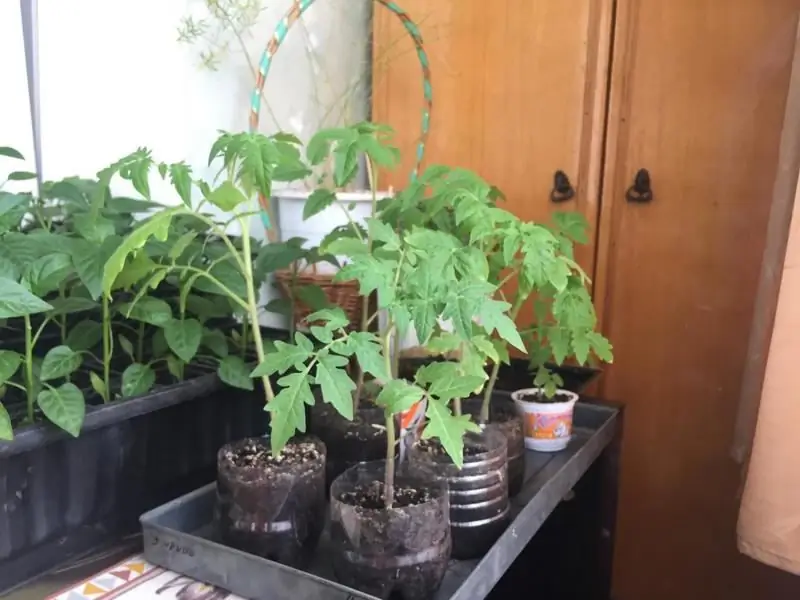
Table of contents:
- Author Bailey Albertson [email protected].
- Public 2023-12-17 12:53.
- Last modified 2025-06-01 07:32.
Fertilizers for seedlings of tomatoes and peppers: store and home finds

Tomatoes and peppers are originally southern plants, but they have long and firmly taken root in the personal plots of Russian gardeners. They are grown mainly by seedlings. High-quality seedlings are the key to a bountiful future harvest. For plants to be healthy and powerful, they need feeding. But it is important to introduce them in accordance with the needs of the culture, otherwise the seedlings will be more harm than good.
Content
-
1 General rules for feeding seedlings of tomatoes and peppers
1.1 Video: scheme for feeding tomato seedlings
-
2 Shop fertilizers
2.1 Video: feeding Solanovy before picking
-
3 Folk remedies
3.1 Video: natural fertilizers for tomato and pepper seedlings
- 4 Reviews of gardeners about the tools used
General rules for feeding seedlings of tomatoes and peppers
Top dressing is necessary for horticultural crops at all stages of development. The widespread opinion about the harmfulness of fertilizers is wrong - you just need to observe the dosage of macro- and microelements and apply them on time.

Growing healthy and strong seedlings is impossible without timely feeding to provide it with the necessary macro- and microelements
What you need to know about feeding tomato and pepper seedlings:
- Tomatoes are especially sensitive to phosphorus deficiency, peppers - potassium. Neither one nor the other tolerate excess nitrogen, do not particularly like fresh manure and categorically do not tolerate chlorine. From folk remedies, drunk tea, which inhibits the development of plants, is not very suitable.
- Better to apply a little less fertilizer than necessary. Their excess is much more harmful for seedlings.
- Top dressing is applied only to a pre-moistened substrate and in the absence of the sun (early in the morning, late in the evening or in cloudy weather).
- Solutions are prepared from fertilizers by diluting them with settled water at room temperature. When watering seedlings, make sure that the dressing does not get on the stems and leaves.
- Tomato seedlings are fed for the first time 10-12 days after picking or in the phase of the third true leaf. Saplings need nitrogen. Then, with an interval of 1.5-2 weeks, complex fertilizers are introduced into the ground before planting.
- Pepper seedlings are fed with nitrogen after the first pair of true leaves appear. The second feeding with complex fertilizer is carried out two weeks later, the last one - 3-4 days before transplanting into the garden.

Seedlings of tomatoes and peppers are fed only with aqueous solutions of low concentration fertilizers so as not to burn the roots
Video: scheme for feeding tomato seedlings
Shop fertilizers
In shops for gardeners, both general fertilizers are presented, containing the main macronutrients necessary for all crops (nitrogen, phosphorus, potassium), and special feeding for Solanaceae. The second option is naturally preferable.
Universal feed for horticultural crops:
- Ammofoska. Contains nitrogen (12%), sulfur (14%), phosphorus and potassium (15% each). Suitable for the first feeding of seedlings, dosage - a teaspoon per 3 liters of water.
- Diammofosk. Differs in increased (about 20%) content of phosphorus in a form that is easily assimilated for tomatoes and potassium. There are also trace elements - zinc, iron, manganese. Suitable for second and third feeding. 5-7 g of fertilizer are taken per liter of water.
- Nitrophoska. Contains 11% nitrogen and potassium, 10% phosphorus, as well as copper, boron, zinc, magnesium, manganese, molybdenum and cobalt. It is widely used for feeding any Solanaceae grown on an industrial scale. For fertilizing seedlings, it is used according to the same scheme as Diammofosk.

Nitrofoska is an extremely popular fertilizer among professional farmers who grow tomatoes, peppers and other Solanaceae for sale.
Video: feeding Solanovyh before picking
Special fertilizers for Solanaceae and seedlings are used for the second and third feeding of tomatoes and peppers:
-
Kemira-Lux. In addition to nitrogen, phosphorus and potassium, it contains iron, copper, zinc, boron, manganese, and molybdenum. The presence of copper is an effective prevention of the development of late blight. The norm is 1-2 g per liter of water.

Fertilizer Kemira-Lux Kemira-Lux is a fertilizer suitable for feeding any seedlings
-
Kristalon Tomato. The ratio of nitrogen, phosphorus and potassium is optimal for seedlings - 8:11:37. Also contains magnesium and other trace elements. Fertilizer can be combined with fungicides, dosage is 2-3 g / l.

Fertilizer Kristalon Tomato Kristalon Tomato, despite the name, is suitable for any Solanaceae
-
Red Giant. Top dressing provides an increase in yield, has a positive effect on the immunity and endurance of adult plants. For seedlings, fertilizer is diluted with 2-3 g / l. Composition - nitrogen, phosphorus, potassium, magnesium, manganese, boron, zinc, molybdenum. The dosage is 25 ml / l.

Fertilizer Red Giant Red Giant helps to strengthen the immunity of tomatoes, is useful for the prevention of late blight
-
Solution. Chlorine-free fertilizer for seedlings. Easily absorbed, stimulates growth and strengthens seedlings. In the composition - nitrogen, phosphorus, potassium in the form of sulfates (10: 5: 20), zinc, copper, manganese, boron, molybdenum. The norm is 1-2 g / l.

Fertilizer Solution The solution does not contain chlorine, which all Solanaceae cannot tolerate
-
Strong for seedlings. Accelerates the rate of its development, increases resistance to the vagaries of weather after transplanting into the ground. Contains potassium in the form of humate (22%), nitrogen (up to 17%), phosphorus (8%), iron, copper, boron, zinc, magnesium, manganese. Dosage - 5 l teaspoon.

Fertilizer Sturdy for seedlings Strong for seedlings activates the process of their development and increases the "stress resistance" of adult tomatoes and peppers
-
Signor Tomato. Organic mineral fertilizer based on biohumus. In addition to nitrogen, phosphorus and potassium in a ratio of 1: 4: 2, it contains humic acids, which improve the quality of the substrate and are useful for plant immunity. The norm is 3 tablespoons per 5 liters of water.

Fertilizer Signor Tomato Signor Tomato is a fertilizer that combines natural organic matter and mineral salts
Folk remedies
Many gardeners believe that any chemistry is harmful to plants, feeding them with folk remedies. When growing seedlings of tomatoes and peppers, it is better to use them for the second and third feeding. Plants need nitrogen first, and its main source is fresh manure, which Solanaceae do not like very much.
Can be used:
-
Wood ash. Natural source of phosphorus, potassium, calcium, magnesium. Approximately a glass of ash is poured with a liter of boiling water, insisted for a day, filtered before use.

Wood ash It is wood ash that will be useful for seedlings; burning, for example, plastic to obtain fertilizer is useless
-
Banana peel. Bananas are very rich in potassium, and this also applies to the peel. It is removed from 2-3 fruits, cut, 3 liters of warm water are poured over, and it is infused for 4 days. Dried and powdered peel can be added to the soil when planting seedlings.

Banana peel Banana peel is a source of potassium, the lack of which is very acute in pepper seedlings
-
Raw egg shells. The shell itself is a source of calcium, the "film" under it is just a storehouse of microelements. The shells of 4-5 eggs are poured with 3 liters of cold water, insisted in a tightly closed container for 3 days. Fertilizer, ready to use, becomes cloudy and acquires a specific "aroma" of hydrogen sulfide. Filter it before use. You can also use the water in which the eggs were boiled for irrigation.

Eggshell The fact that the fertilizer from the eggshell is ready is evidenced by a sharp unpleasant odor
-
Aloe juice. A powerful biostimulant useful for all plants. 3-4 tablespoons of freshly squeezed juice are diluted in a liter of water. It is advisable to take the lowest leaves from plants over 3 years old - there the content of nutrients is maximum.

Aloe juice Aloe juice can be used not only to feed seedlings, but also to "awaken" the seeds before planting
-
Iodine. Effective prevention of late blight and peronosporosis, helps to increase the size of the fruit. A drop in 3 liters of water is enough. Alternatively, you can use 1: 5 diluted raw milk (potassium source) instead.

Iodine The gardener will find a place for iodine not only in the first aid kit
-
Onion husks. It is very useful for plant immunity, antibacterial substances are an effective prevention of fungal diseases. She is also a source of many trace elements. To prepare the infusion, 40-50 g of husk is poured with a bucket of hot water, kept under a closed lid for 4-5 days. Another option is to pour a handful of husks with a liter of water, boil and cool. Strain before use.

Onion peel Onion peels are useful not only for seedlings - if you add it to the holes when planting in the ground, you can scare off many pests
-
Yeast (preferably pressed). A source of nitrogen and a whole "bouquet" of trace elements, promote better assimilation of potassium, stimulate the development and strengthening of the root system. A pack (200 g) is crushed, filled with 10 liters of warm water, allowed to dissolve for 10-12 hours.

Yeast pack Experienced gardeners are well aware that "growing by leaps and bounds" is by no means a figurative expression
Video: natural fertilizers for tomato and pepper seedlings
Reviews of gardeners about the tools used
Tomatoes and peppers belong to the same Solanaceae family, therefore, their needs for macro- and microelements are largely the same, you can use the same fertilizers. But each culture has its own frequency of top dressing. There are other important nuances that must be taken into account so as not to harm the seedlings.
Recommended:
How To Store Onions, Including Seedlings, Leeks, At What Temperature And Conditions Does It Lie Well In Winter + Photos And Videos
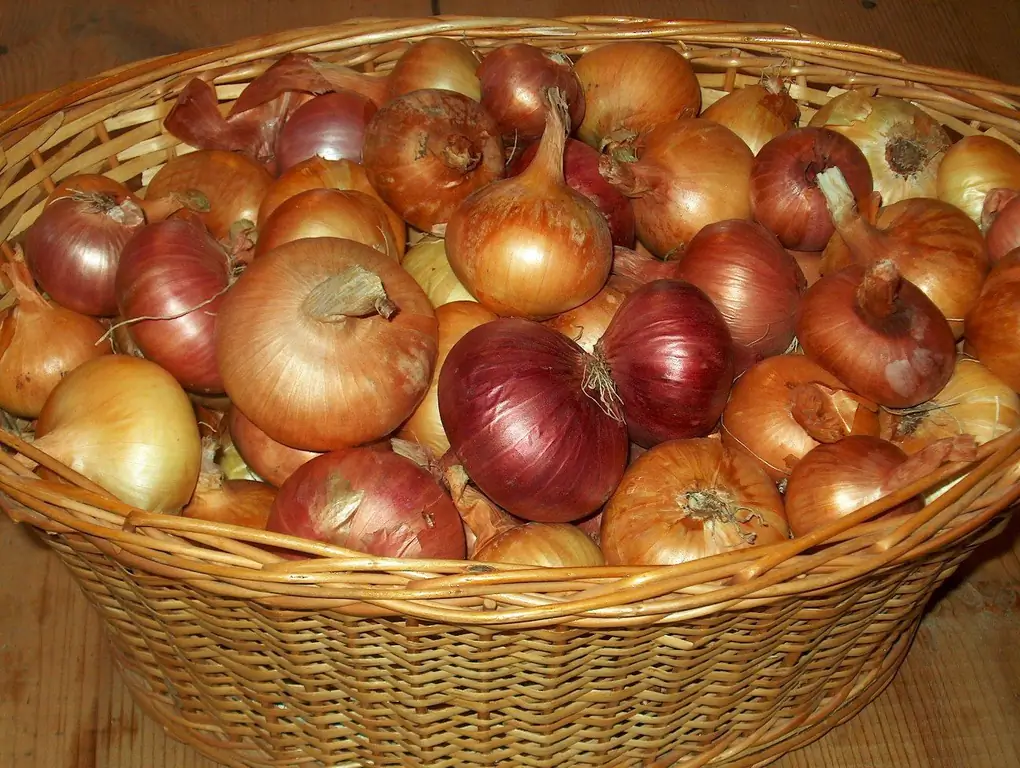
How to store onions and green onions correctly? What storage methods are there? Storage problems and solutions
When To Plant Peppers For Seedlings In 2019: General Dates And Lunar Calendar
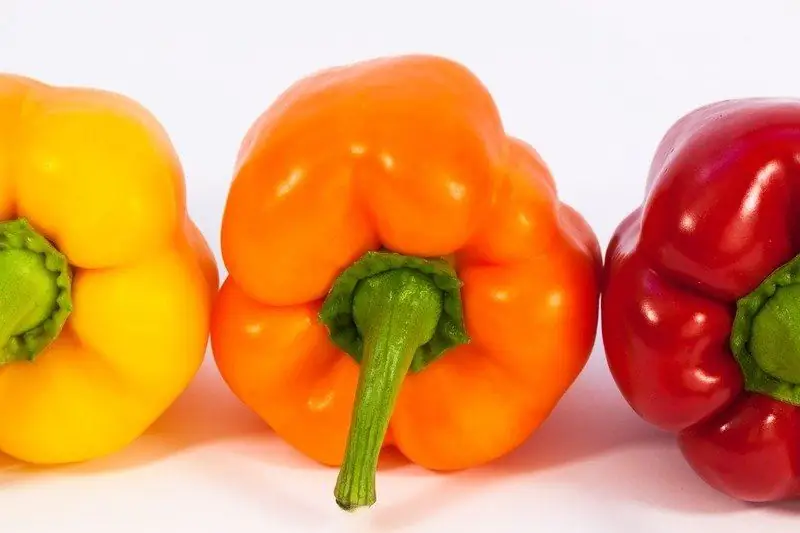
When to sow peppers for seedlings: terms, taking into account the lunar calendar and the characteristics of the region
Tomato Seedlings, Including On What Day The Tomatoes Germinate And How To Check The Seeds Before Planting
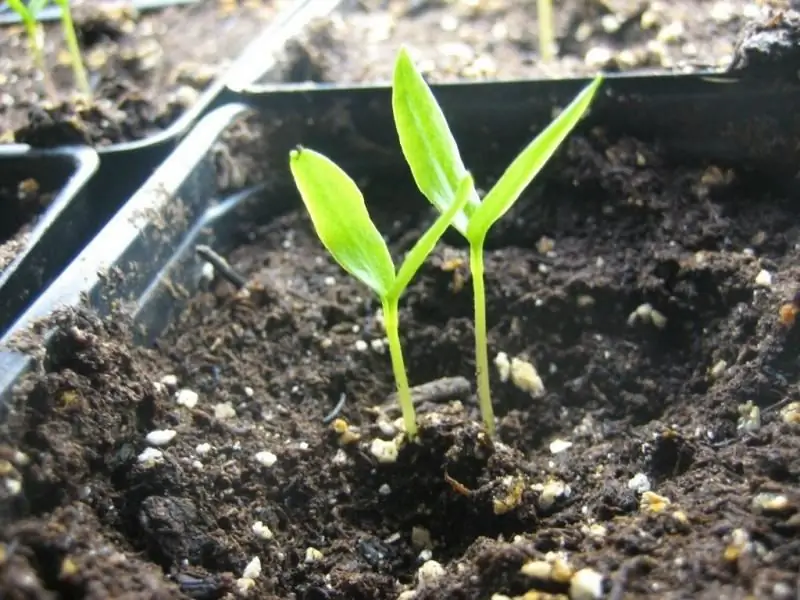
Methods for checking the germination of tomato seeds. How to increase germination. Germination time at different temperatures. Why seedlings do not appear or die. Care
When To Plant Tomatoes For Seedlings In 2019: General Dates And Lunar Calendar
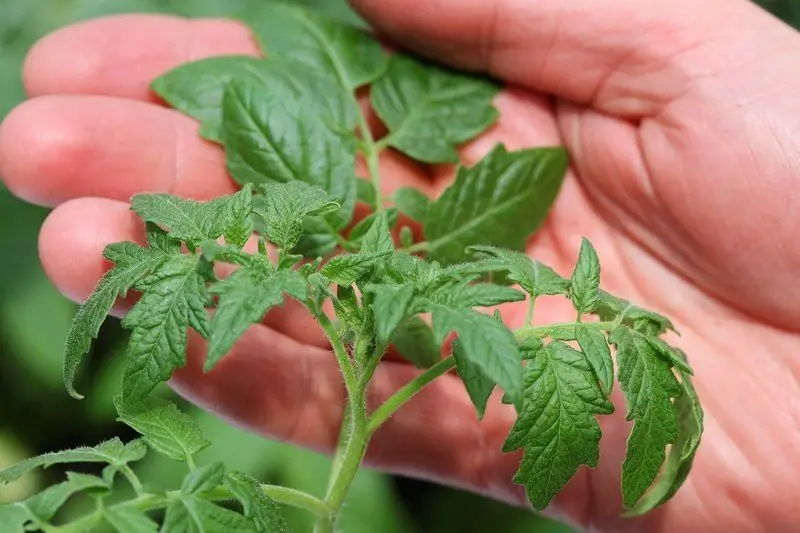
Sowing dates of tomatoes for seedlings in 2019, taking into account the growing season, region, lunar calendar of the gardener
What To Plant After Peppers And Tomatoes And What Can They Be Combined With
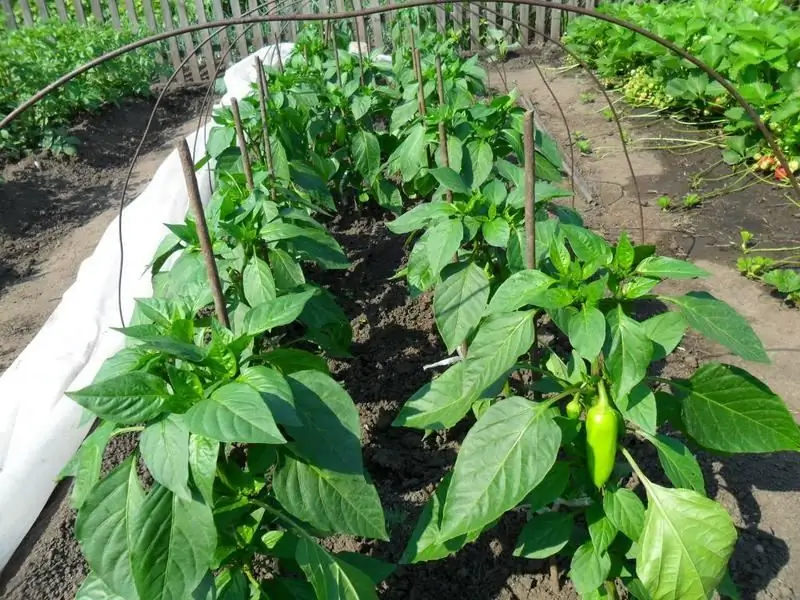
What do crop rotation rules say? What do they advise to plant after tomatoes and sweet peppers, and what is prohibited. How can you compact the landings
